Veiðivötn, Fishing Lakes, are a cluster lakes in the Southern Interior. The lakes are renowned for trout fishing. The area is worth visiting for its magnificent scenery and birdlife. Click to see the slideshow.
Veiðivötn, Fishing Lakes, are a cluster lakes in the Southern Interior. The lakes are renowned for trout fishing. The area is worth visiting for its magnificent scenery and birdlife. Click to see the slideshow.
The Yellow-browed Warbler (Phylloscopus inornatus) is a vagrant in Iceland and only seen here in the autumn. It is a small bird, a little larger than the Goldcrest, so it’s a long flight for such a small thing. This autumn we have probably seen the biggest arrival of this species ever recorded in Iceland. In one day last week birders in East and Southeast Iceland spotted around 55 birds.
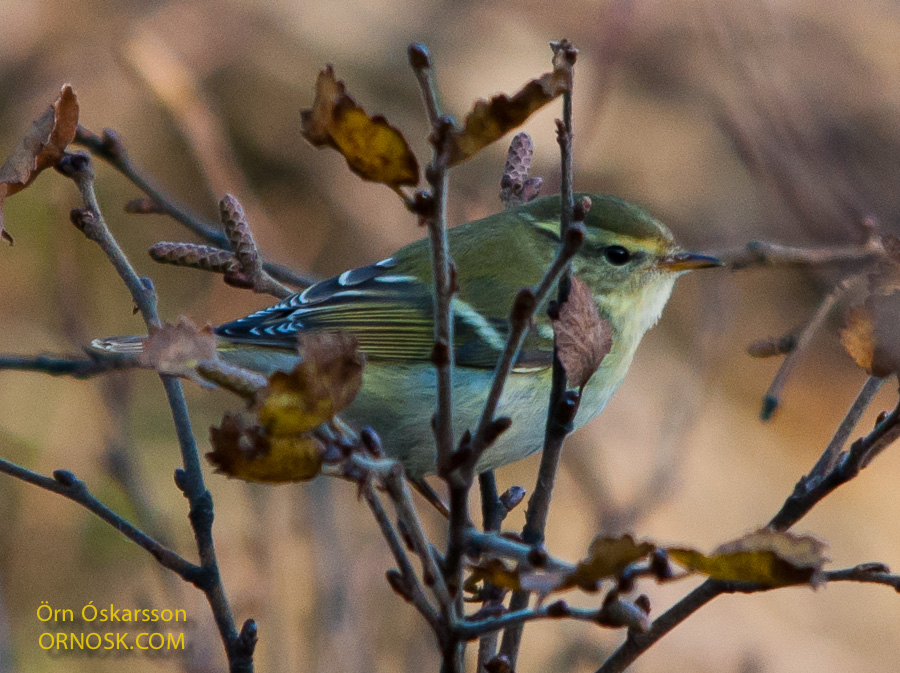
This Yellow-browed Warbler was seen near Selfoss, South Iceland last autumn.
Most Yellow-browed Warblers breed in Eastern Russia and their winter grounds are mainly in Southeast Asia. In recent years more and more of them overwinter in Western Europe. A lot of Yellow-browed Warblers have also been seen in Britain this autumn.

The Great Northern Diver, or Common Loon, has now left its summer breeding grounds in highland lakes and moved to the ocean around the country. In the interior we came across a few of them but it’s already getting colder and snowing so the few that are there still will be moving on quite soon.

The Redwings are migratory birds. Most of them have now moved into towns, feasting on berries along with their usual food, worms and larva. Some of them will endure the long Icelandic winter but others are now waiting for favourable winds for their departure to Britain, and the west coast of France and Spain.
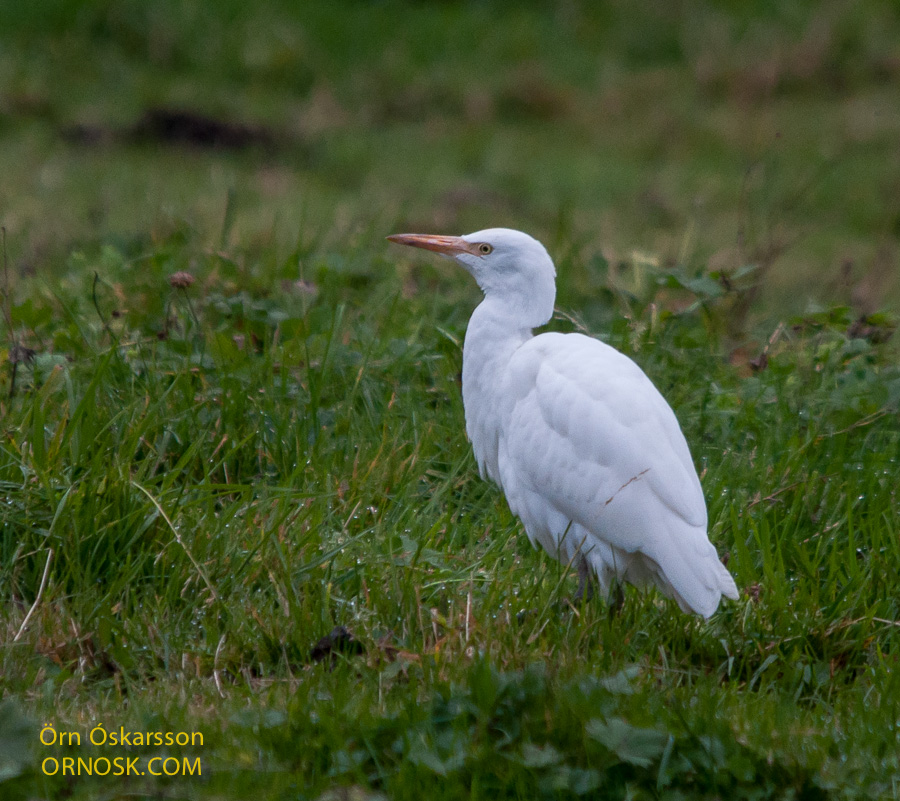
Cattle Egerts (Bubulcus ibis) are breeding birds en the southern most parts of Europe and also in the southern states of North America. This Cattle Egret was first seen in Ölfus in South Iceland September 14.
The Cattle Egret is a very rare vagrant in Iceland and this is only the seventh time it is spotted here. It eats insects and is often seen in dry grassland and plains, preferably where there is life stock, cattle or other big grass eating animals. The Cattle Egret in Ölfus is in the company of some horses and was seen there this morning, September 22.
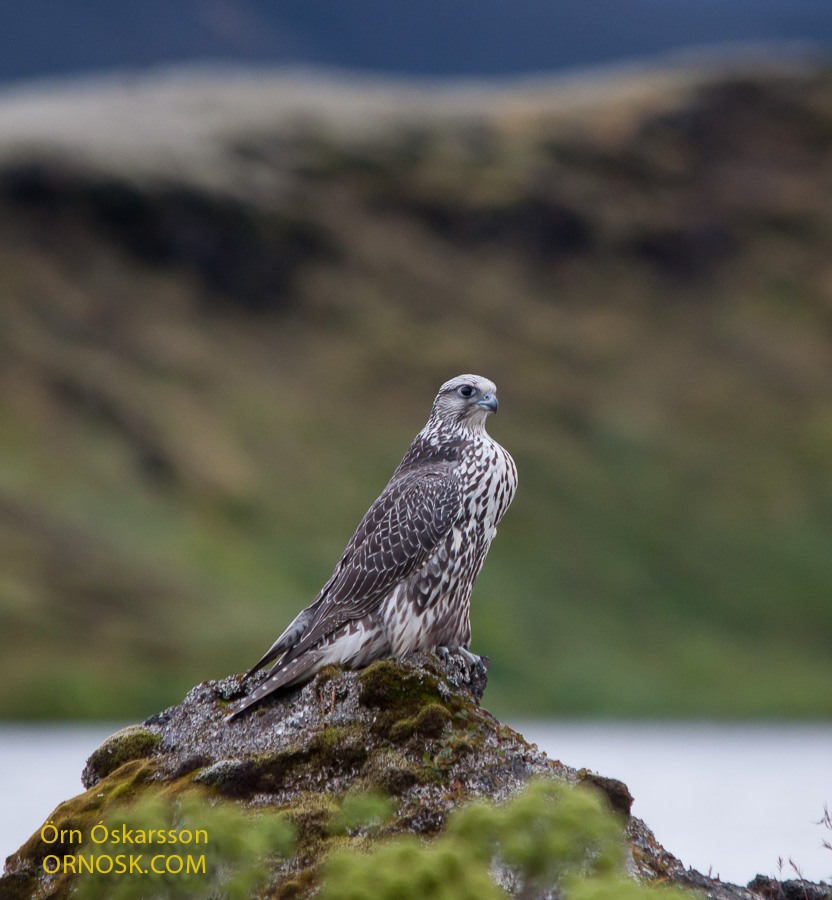
The Gyrfalcon is not a common breeding bird in Iceland so seeing one is always a treat. Estimated number of breeding pairs is 300. They are more common in the North but can be spotted all over the country. Their numbers are determined by the numbers of Ptarmigan which is their main food although they hunt most birds.
The two Gyrfalcon siblings that I came across had killed a Pink-footed Goose and were busy eating it. They did not want to leave their prey which made photographing them not to difficult.
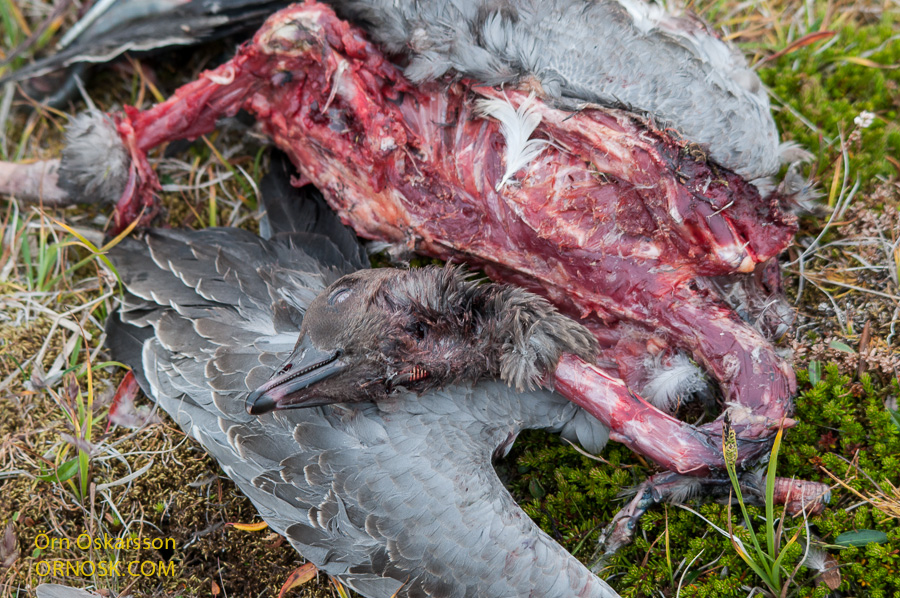

In the last few days flocks of small birds, such as Meadow Pipits, Wheatears and Wagtails, have flown off in a southerly direction. Most of them are on their way to Africa or Southern Europe. These species do not stay in Iceland during winter. They are insect eaters and have no other choice than to head south to a warmer climate to survive. In the best of circumstances the estimated flight time to the nearest European countries is at least 24 hours. Many to do not reach their destination and perish on the way.
These photoes were taken at the beach by Eyrarbakki, South Iceland, where huge flocks could be seen, waiting for favourable winds to take them on their way.
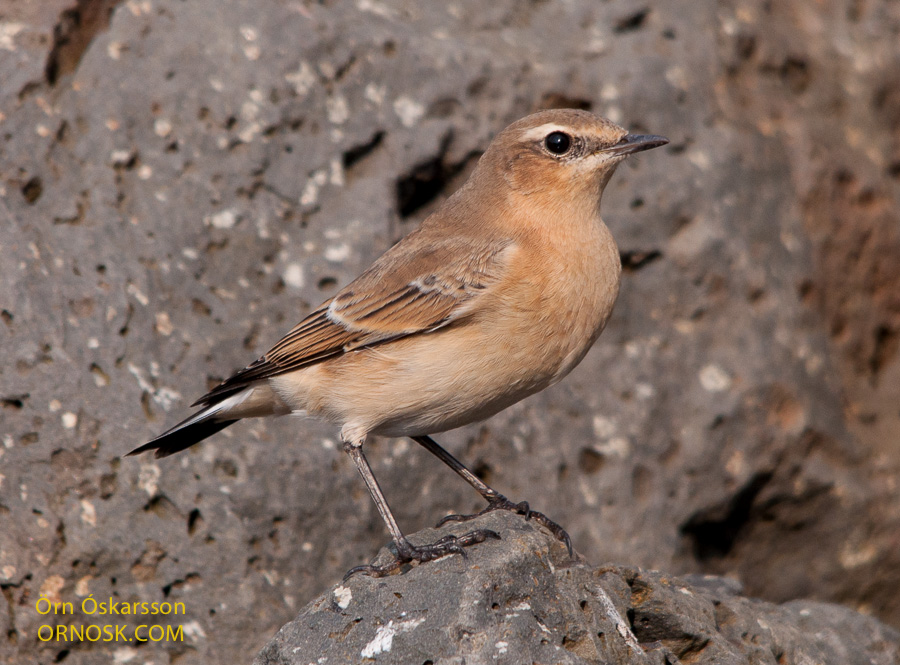
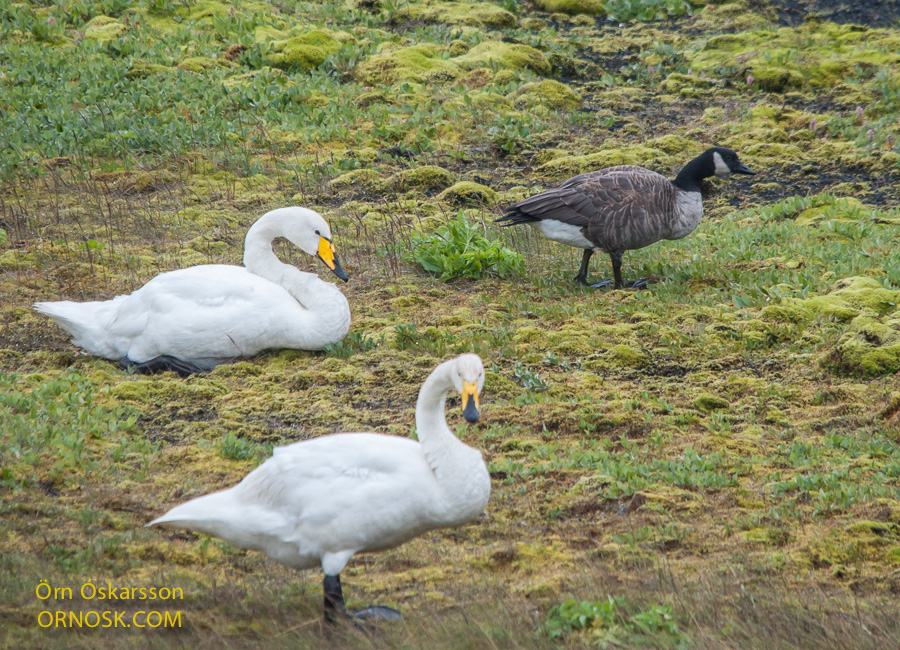
The Canada Goose is an annual vagrant in Iceland. Most of these geese probably come from Europe. Once in a while, however, a smaller type is seen which could be originated from North America.
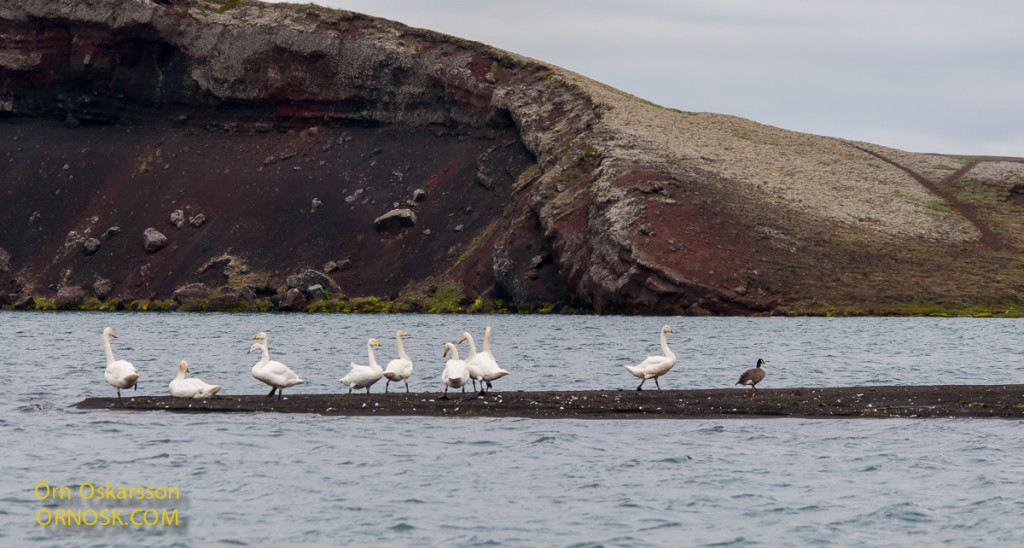
In the last few weeks a smaller Canada Goose (perhaps ssp interior) has been seen among some Whooper Swans by Lake Snjóölduvatn in Veiðivötn (Fishing Lakes) in the South Interior. It is rather shy and not easy to get near it.
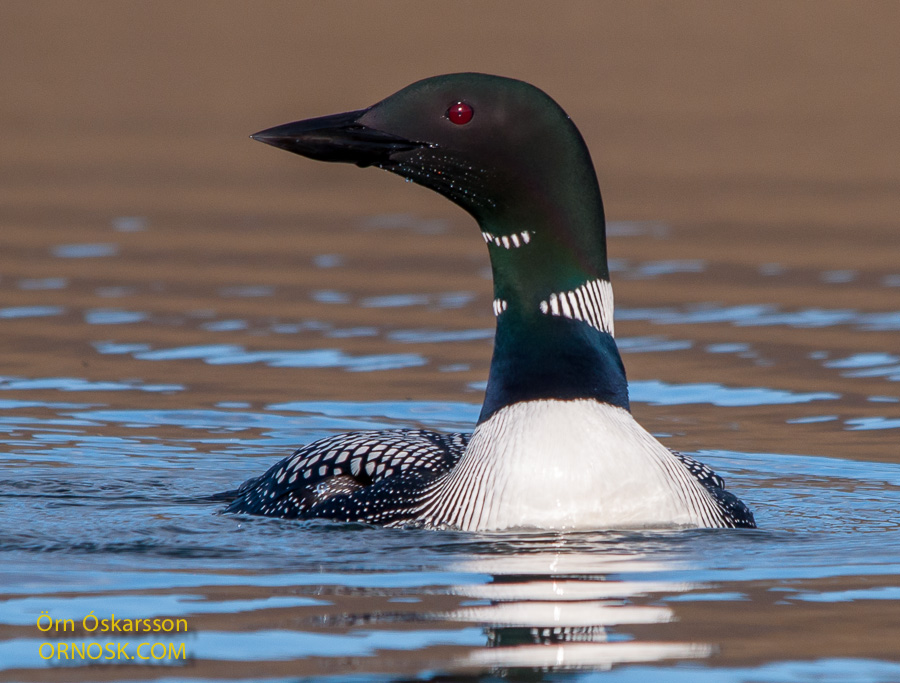
The wail of the Great Northern Diver (Common Loon) is very familiar and is used unsparingly in the film industry. It is one of the top ten sound effects we all recognise from movies. Hear it here. Movies from all over the world seem to use its call. To the ear of the birder it sounds very silly, especially when it is used in places far from the Great Northern Diver’s habitat.